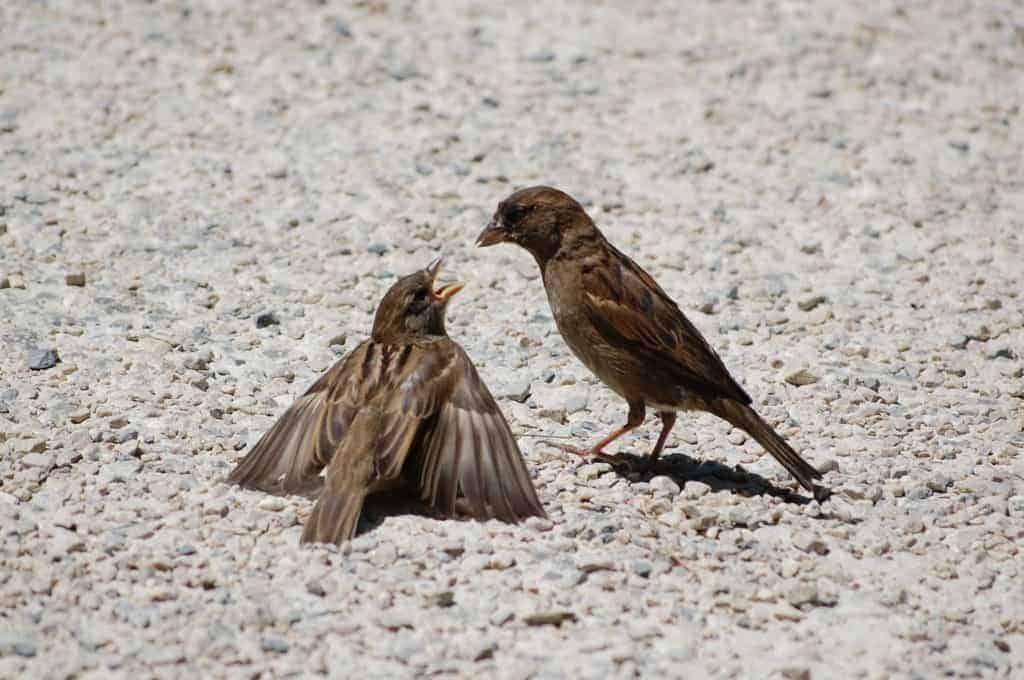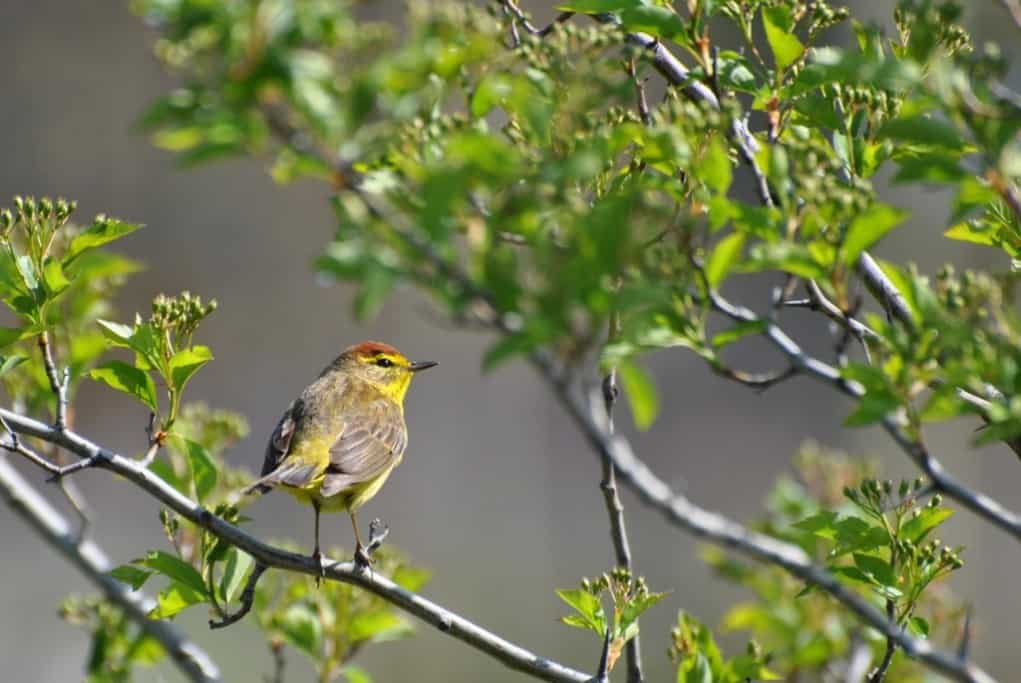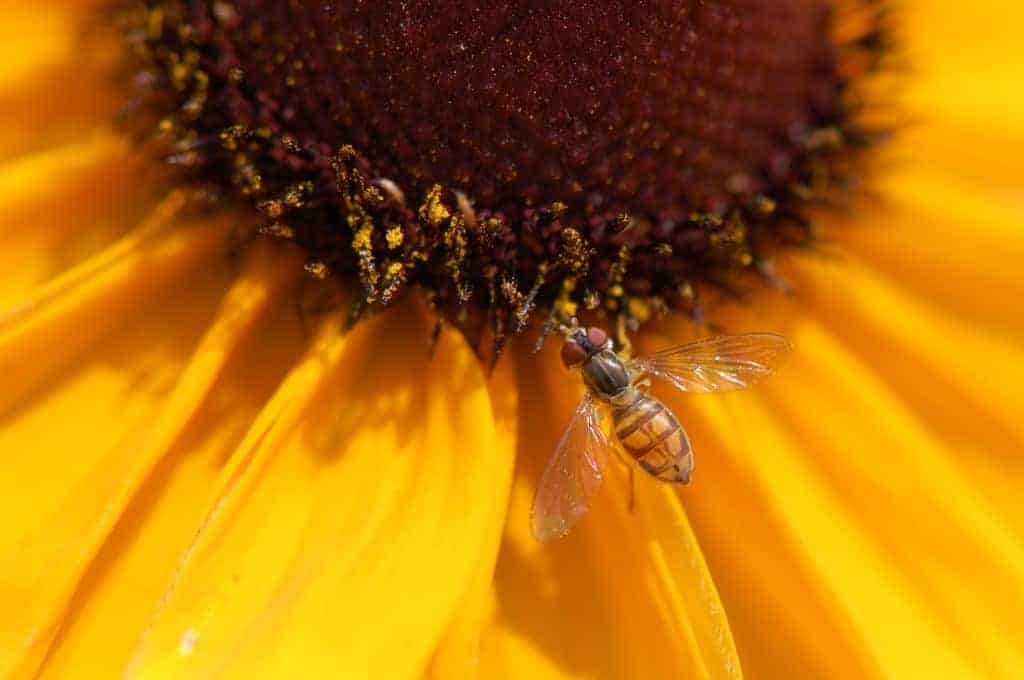Brooklyn New York is about as urban as a place can be. But the noise and cars and people are not too daunting for this one. It walked around my porch fence one recent morning and then climbed an overhanging tree to settle down for a day’s sleep. For more details visit my blog at […]
Author: Julie Feinstein

Cutest Insect Ever
A praying mantis nymph on my thumb — Julie 🙂 Urban Wildlife Guide . net Field Guide to Urban Wildlife

House Sparrows, Passer domesticus
Summer is still a month away but the baby house sparrows in Brooklyn, New York, are already adult-sized. This mother and youngster were having a snack of found bread crumbs on May 20, 2012. Visit my blog, the Urban Wildlife Guide. Read more about house sparrows and other urban birds in my book, Field Guide […]

New Jersey’s Wild Turkeys, Meleagris gallopavo
Flocks of wild turkeys are a common sight in southern New Jersey. It’s a relatively new phenomenon and it’s fabulous to see them! There were no wild turkeys in the state between 1850 and about 1950. The historically abundant birds were locally extinct. It is thought that some wild turkeys from Pennsylvania may have colonized […]

Elusive Spring Warbler
Spring migration is underway in New York City; palm warblers, Setophaga palmarum, are among the earliest neo-tropical migrants to pass through on their way to northern breeding areas. This palm warbler barely stopped moving as he flitting from branch to branch picking off insects. He paused just a moment to look at me. My blog. […]

Louisiana Waterthrush, Parkesia motacilla
The first Louisiana waterthrush of the spring appeared in Central Park in New York City last week. The Louisiana waterthrush is one of the first warblers to appear in the park during each spring migration. The bird was famous for a few days as local birdwatchers came out to look at it and to enjoy […]

Red-eared Slider, Trachemys scripta
Red-eared sliders were sunning themselves on rocks at The Pond in Central Park yesterday. They have been out of sight all winter doing the reptile version of hibernating. But they are back and basking. Red-eared sliders are easy to identify by the red stripe on the side of the head and yellow lines on throat […]

